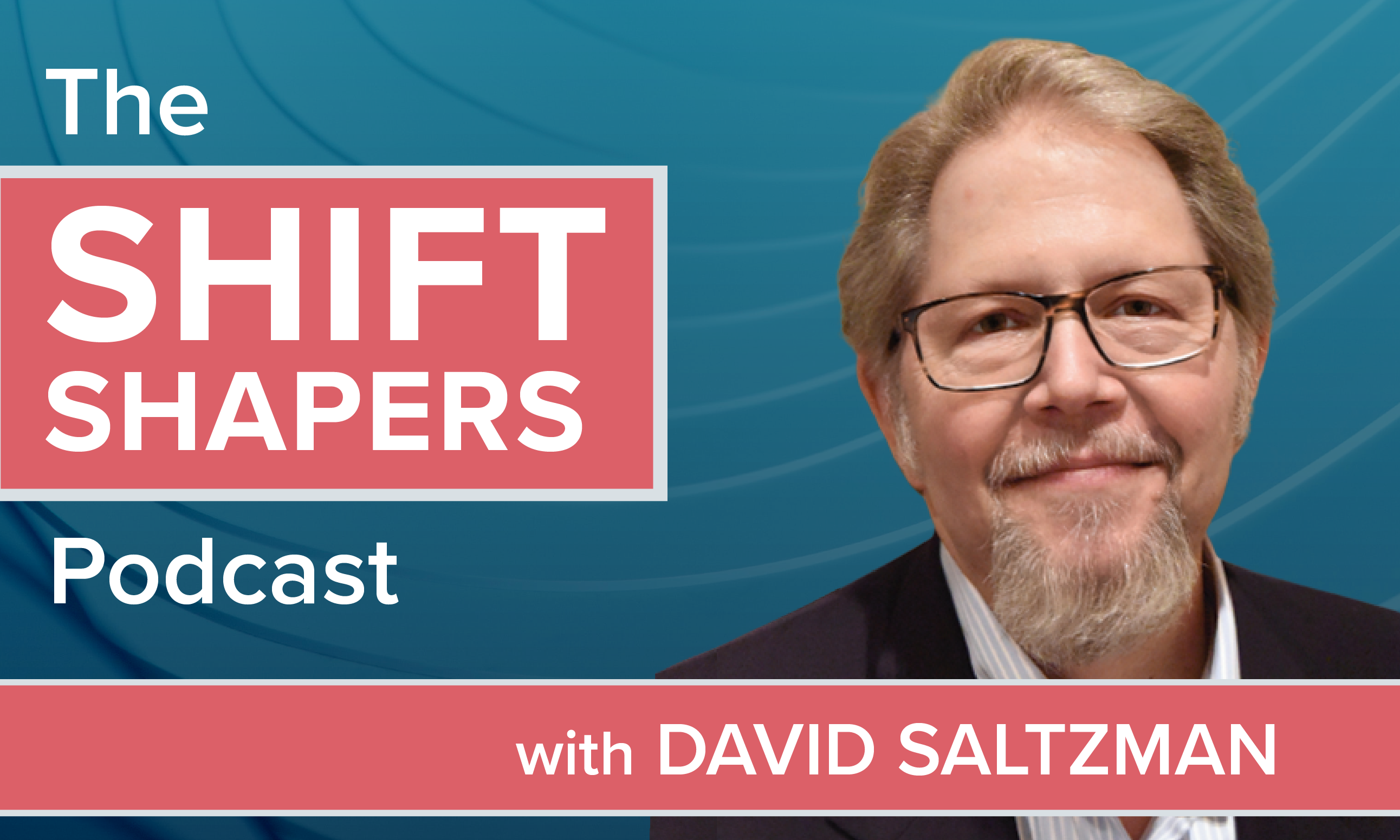
In order to track employer benefits offerings, the Affordable Care Act (ACA) did something unheard of in the past: It required employers to aggregate and better manage complex workforce data from unrelated payroll, benefits administration and HRIS systems. This data aggregation brought with it many new opportunities for employer groups. With new insights stemming from ACA compliance and reporting data, benefits consultants and employers can gain a deeper understanding of how to use benefits and operational strategies to optimize the workforce. This article describes one way in which to leverage their ACA data.
For the first time in U.S. history, up to five generations are employed in the same workplace, suggesting that there is a wide range of differences in what employees will expect and need from their employers in the years to come. The two youngest generations, millennials and Generation Z, together make up 40 percent of the employee population and their numbers are rising.
Recommended For You
Complete your profile to continue reading and get FREE access to BenefitsPRO, part of your ALM digital membership.
Your access to unlimited BenefitsPRO content isn’t changing.
Once you are an ALM digital member, you’ll receive:
- Breaking benefits news and analysis, on-site and via our newsletters and custom alerts
- Educational webcasts, white papers, and ebooks from industry thought leaders
- Critical converage of the property casualty insurance and financial advisory markets on our other ALM sites, PropertyCasualty360 and ThinkAdvisor
Already have an account? Sign In Now
© 2025 ALM Global, LLC, All Rights Reserved. Request academic re-use from www.copyright.com. All other uses, submit a request to [email protected]. For more information visit Asset & Logo Licensing.








